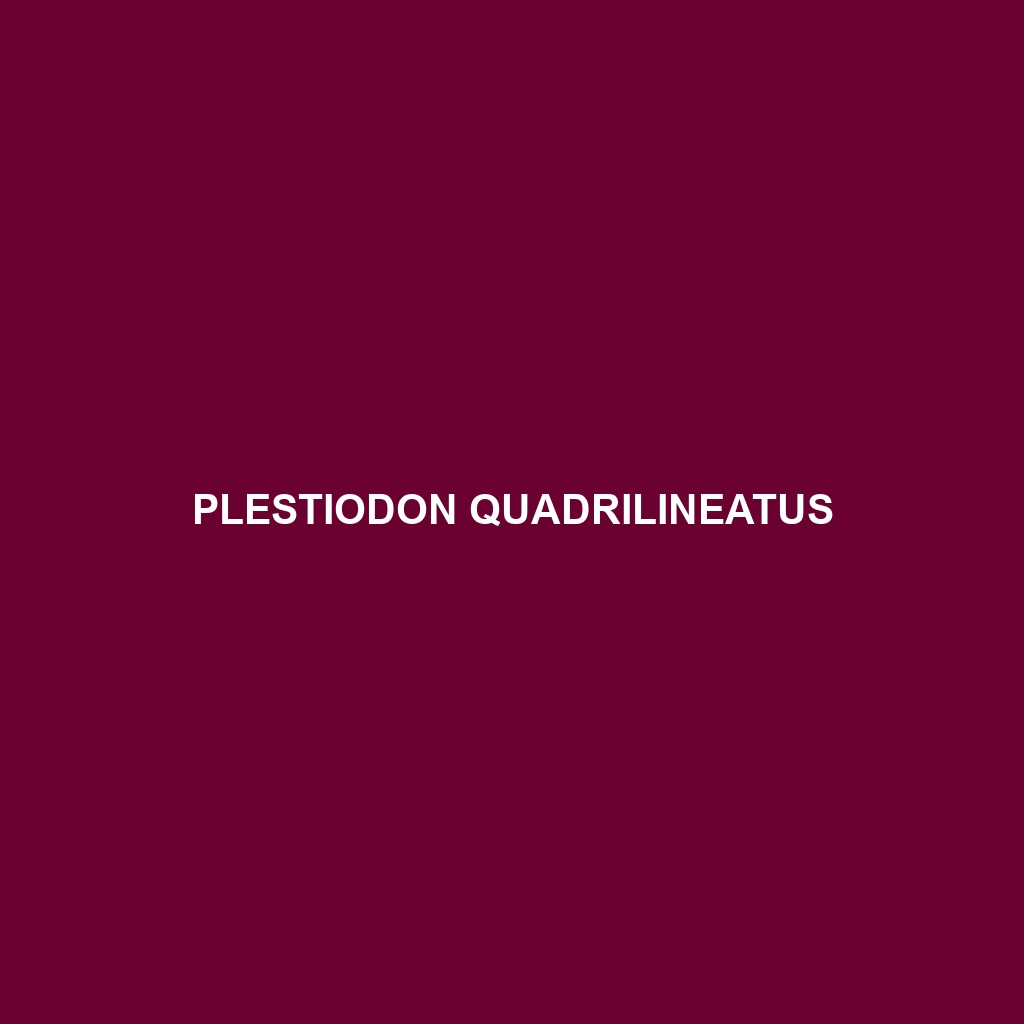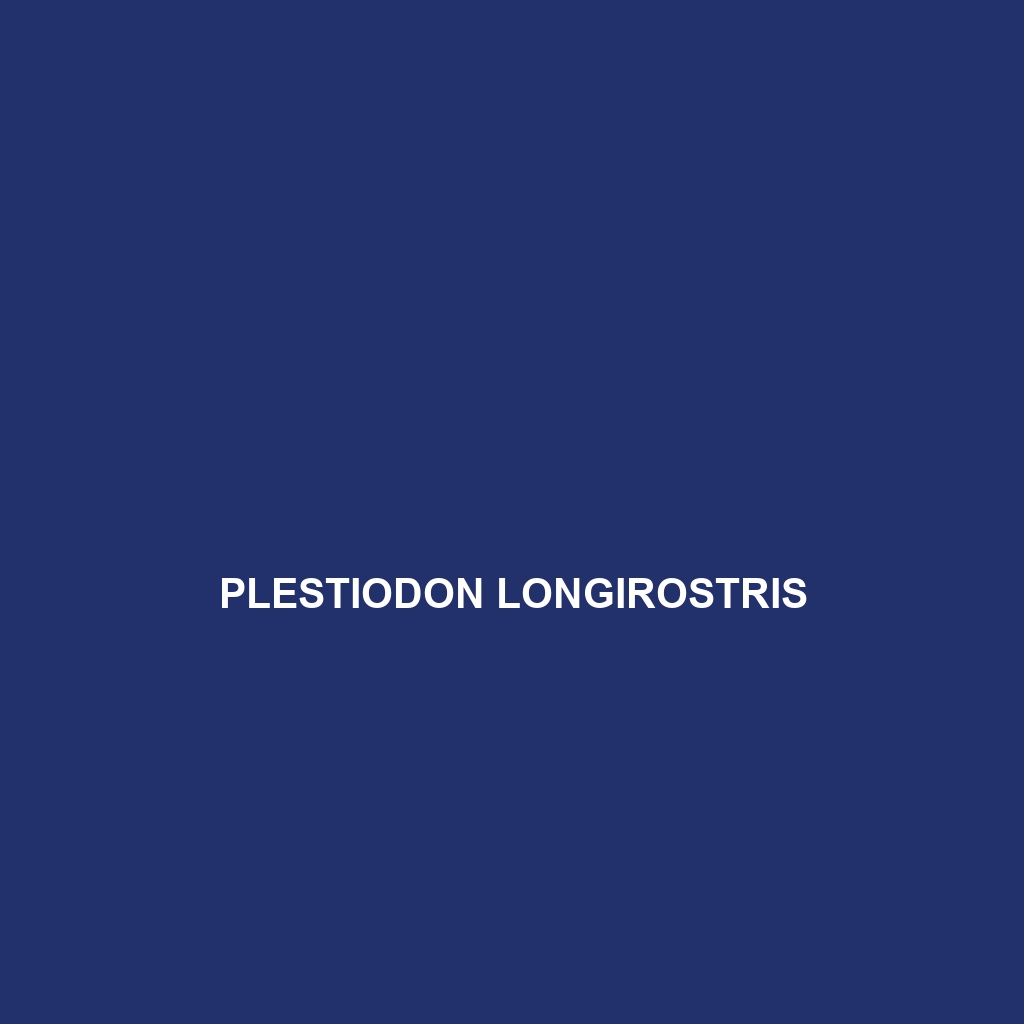The Florida red-bellied turtle (<i>Pseudemys peninsularis</i>) is a medium-sized turtle recognized by its smooth olive to dark brown carapace and vibrant red or orange belly, thriving in warm freshwater habitats of the southeastern United States. This species is primarily herbivorous, with intriguing social behaviors and vital ecological roles, though it currently faces threats from habitat loss, making conservation efforts essential.
Tag: southeastern United States
Pseudemys concinna
<p><b>Pseudemys concinna</b>, commonly known as the pond slider, is a versatile turtle native to the southeastern United States, thriving in a variety of freshwater habitats. These omnivorous turtles exhibit distinct yellow stripes, can grow up to 12 inches, and play a crucial role in maintaining aquatic ecosystem health.</p>
Pseudemys peninsularis
The Florida red-bellied turtle (<i>Pseudemys peninsularis</i>) is a medium-sized turtle recognized by its smooth olive to dark brown carapace and vibrant red or orange belly, thriving in warm freshwater habitats of the southeastern United States. This species is primarily herbivorous, with intriguing social behaviors and vital ecological roles, though it currently faces threats from habitat loss, making conservation efforts essential.
Pseudemys concinna
<p><b>Pseudemys concinna</b>, commonly known as the pond slider, is a versatile turtle native to the southeastern United States, thriving in a variety of freshwater habitats. These omnivorous turtles exhibit distinct yellow stripes, can grow up to 12 inches, and play a crucial role in maintaining aquatic ecosystem health.</p>
Plestiodon reynoldsi
<p><b>Plestiodon reynoldsi</b>, commonly known as Reynolds' skink, is a medium-sized lizard native to the southeastern United States, thriving in temperate forests and savannas. This insectivorous species is recognized for its striking coloration, active daytime behavior, and ability to regenerate its tail, playing a vital role in its ecosystem as both a predator and prey.</p>
Plestiodon quadrilineatus
<p><b>Plestiodon quadrilineatus</b>, commonly known as the four-lined skink, is a medium-sized, diurnal lizard with distinct four longitudinal stripes and a strong insectivorous diet. Found in diverse habitats across the southeastern United States, it plays a vital role in local ecosystems by regulating insect populations and serving as prey for various predators.</p>
Plestiodon parvulus
<p><b>Plestiodon parvulus</b>, also known as the little brown skink, is a diurnal insectivore native to the southeastern United States, thriving in temperate forests, grasslands, and savannas. With a slender body measuring 4 to 7 inches, it features smooth scales and a distinctive pattern of light and dark bands for excellent camouflage, playing a vital role in controlling insect populations in its ecosystem.</p>
Plestiodon popei
Discover the Pope's Skink (Plestiodon popei), a striking diurnal lizard found in the temperate forests and savannas of the southeastern United States. This slender, blue-black skink plays a vital role in its ecosystem as an insectivore, while exhibiting fascinating behaviors and adaptations, including the ability to regenerate its tail.
Plestiodon longirostris
Discover the Eastern Six-lined Skink (Plestiodon longirostris), a slender, 5-8 inch lizard known for its striking tan or brown body adorned with six vibrant blue or white stripes. Thriving in urban gardens and southeastern forests, this agile insectivore plays a key role in pest control and is recognized for its unique defense mechanism of tail autotomy.
Plestiodon longiartus
Discover the fascinating Plestiodon longiartus, or Southern Skink, a medium-sized lizard known for its sleek body and vibrant coloration, inhabiting diverse environments in the southeastern U.S. With an insectivorous diet and unique behaviors, including tail shedding as a defense mechanism, this adaptable species plays a crucial role in maintaining ecological balance.








